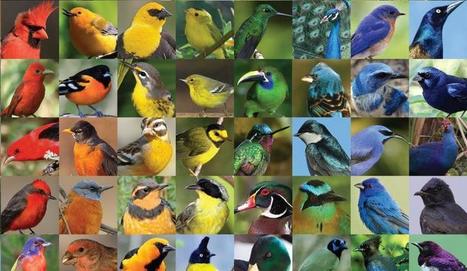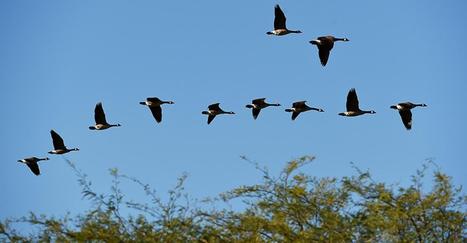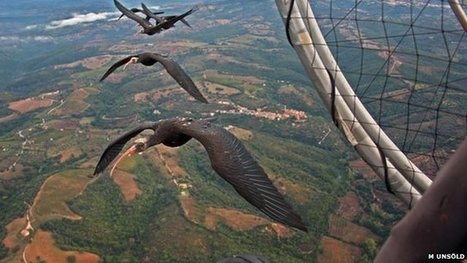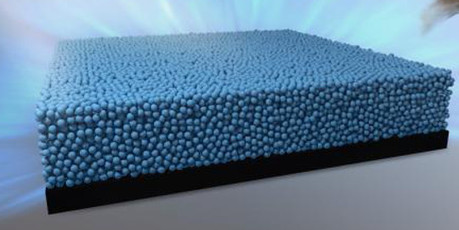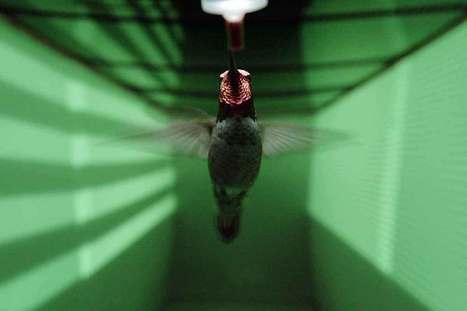Birds display a rainbow palette of colors, many of which come from special arrangements of melanin, the pigment that gives color to our skin. Researchers at the University of Akron have developed a safe and stable pigment based on the melanin structures.
Research and publish the best content.
Get Started for FREE
Sign up with Facebook Sign up with X
I don't have a Facebook or a X account
Already have an account: Login
 Your new post is loading... Your new post is loading...
 Your new post is loading... Your new post is loading...

Marcelo Errera's curator insight,
July 4, 2016 3:19 PM
A design that evolved together with a flight plan. Evolution is simultaneous for all traits.
In order to move mass over the Earth surface, i.e., to make energy flow, systems evolved in order to reduce the exergy expenditure. |

Marcelo Errera's curator insight,
July 10, 2015 10:42 AM
The design evolution process never ends. There are some robust associations between features that guide the designs which live longer.
In other words, the best design today will eventually be replaced by tomorrow's best of "de jour".
|




